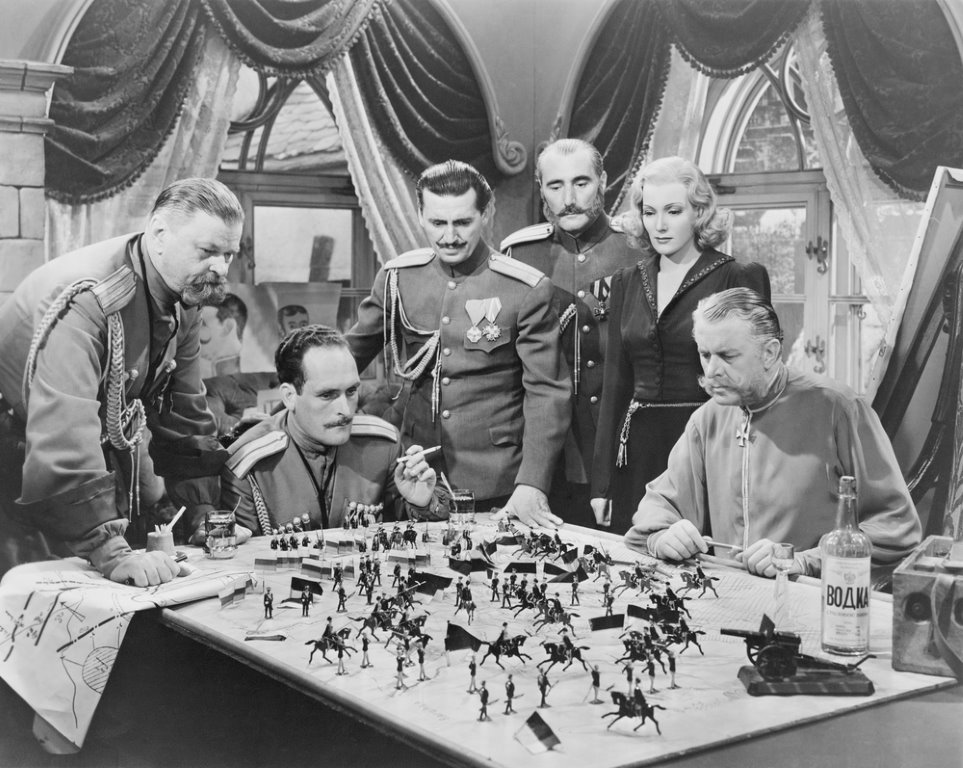 Depending on what you’re selling, how much you are selling at a time, and how you’re selling it, you will have different approaches to how the sale is made. You may also have different approaches to how the initial sale is made vs. how the subsequent sales are made.
Depending on what you’re selling, how much you are selling at a time, and how you’re selling it, you will have different approaches to how the sale is made. You may also have different approaches to how the initial sale is made vs. how the subsequent sales are made.
The Difference Between Outside Sales vs Inside Sales
Outside Sales Require High Touch
Typically, sales requiring face-to-face meetings are considered outside sales. Here, you are selling your products to another company through their designated buyer, such as selling your product to a large corporation where the buyer wants a real person to hold responsible.
Outside salespeople have to physically be there, especially in CPG sales. It’s not enough to make the initial corporate sale and expect an entire chain to carry your product. You must demonstrate sell-through on the buyer’s computer at a specified volume over a given time period. If you don’t, you are discontinued, generally forever.
In order to make that happen, your outside salesperson, also known as your field or territorial representative, must set up a distribution channel and then monitor deliveries and sales through every chain outlet. This means a lot of hands on. If you think you can make the initial sale and don’t need to bother after that, or if you think the distributor or the retail outlet people will watch out for your products, think again. The salesperson who actually shows up wins. It is not ever automatic pilot sales. There are just too many things that can go wrong in the distribution system.
But the corporate buyer doesn’t care about how your product gets to his stores. The buyer doesn’t care if your products were never put on the shelf, were never priced right, or even if the stack of potato chips was blocking your product from view. All that buyer wants to see is scans on a screen! It’s up to your outside salesperson to do the rest!
Inside Sales Require High Tech
Probably the best use of inside sales at a CPG company is to stay on top of depletions and warn distributors and middle people that they are just about to run out of your products. Inside salespeople can operate solely on a computer and with a phone. Their screens are showing them your customer’s buying patterns, sales, and inventory levels.
They know that local out-of-stock situations are the death of your CPG brand. So they anticipate delivery times from your warehouse to your distributer’s warehouse, from your distributer’s warehouse to your buyer’s warehouse, and from your buyer’s warehouse to your buyer’s stores. This can take two weeks to a month. If overseas sales are involved, it can take months.
Inside sales can also be used to get reorders from big buyers, once your outside salesperson has made the initial sales. This enables your outside salespeople more time to sell new accounts, but this hand-off can be risky. Since all your buyer sees is scans on a screen, they are not aware (nor do they care) of any other reason why your sales should be declining except for poor sales.
Your inside salespeople must be seamlessly connected to your outside salespeople to give them the heads up that a problem exists and that they had better discover and remove the sales stoppers that are putting a damper on sales. In other words, your inside salespeople must be able to effect physical solutions in the field.
Other Sales Are Generally Direct to Consumer
CPG companies that cannot sell through distribution channels and benefit from one big check from one big buyer and have their CPG products “discovered” on physical displays must resort to online sales. They must sell each and every consumer individually. This is not inside sales. CPG companies that sell through email marketing campaigns are likewise not inside sales. Customer service programs are not inside sales. These are all other forms of marketing that can result in sales.
Inside vs Outside Sales
Remember that inside sales are generally not automated. They require a person who is familiar with the account. This person has at their disposal the latest tracking, timing, and inventory technology to keep the distribution system running smoothly. They generally make sales based on relationships and a common desire between the producer and the seller to stay in stock. Someone else typically broke the ice, usually the outside salesperson, who, as far as the buyer is concerned, is the “one throat to choke!”



